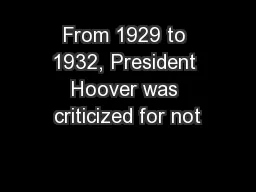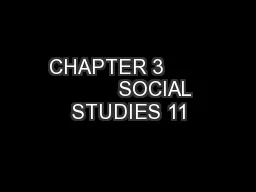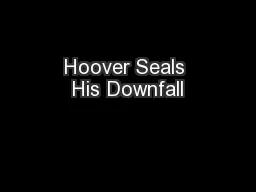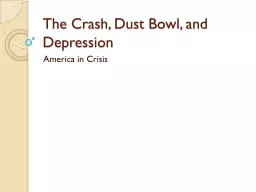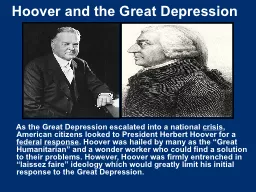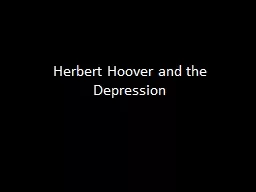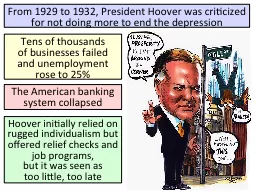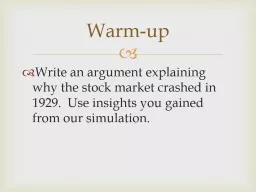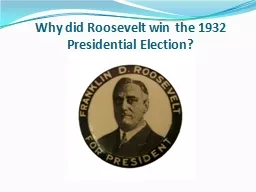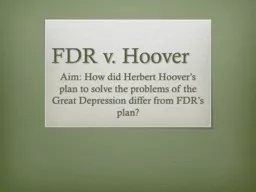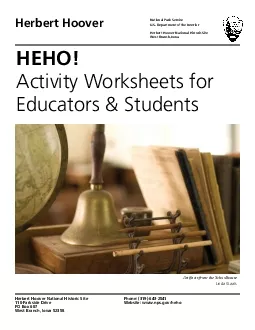PPT-From 1929 to 1932, President Hoover was criticized for not
Author : lois-ondreau | Published Date : 2017-01-25
Tens of thousands of businesses failed and unemployment rose to 25 The American banking system collapsed Hoover initially relied on rugged individualism but offered
Presentation Embed Code
Download Presentation
Download Presentation The PPT/PDF document "From 1929 to 1932, President Hoover was ..." is the property of its rightful owner. Permission is granted to download and print the materials on this website for personal, non-commercial use only, and to display it on your personal computer provided you do not modify the materials and that you retain all copyright notices contained in the materials. By downloading content from our website, you accept the terms of this agreement.
From 1929 to 1932, President Hoover was criticized for not: Transcript
Download Rules Of Document
"From 1929 to 1932, President Hoover was criticized for not"The content belongs to its owner. You may download and print it for personal use, without modification, and keep all copyright notices. By downloading, you agree to these terms.
Related Documents

